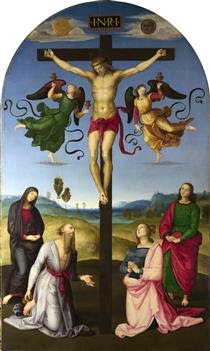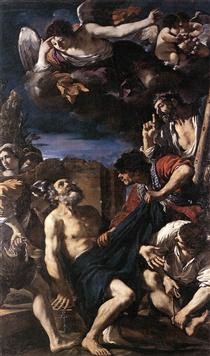
Closed-Form(Clearly Closed-Form) (Clearly Open-Form)Open-Form |
|
|
|

Figure A |

Figure B |
 |
 |
 |
 |
| Source: Wikiart Descriptions: http://arthistoryresources.net/baroque-art-theory-2013/wolfflin-renaissance-baroque.html |
|